Special Report
America's 15 Fastest Shrinking Companies

Published:
Last Updated:

It usually requires years and years of steady sales declines for a major public company to lose a substantial share of its revenue. Only a handful of S&P 500 companies had revenue fall by more than 10% last year. Using their size, large companies are able to hedge their bets and diversify operations so that any sudden market change will not disproportionately affect their top line number.
Sometimes, however, due to market forces such as unexpected changes in demand or commodity prices, a leading U.S. company’s reported sales can tumble by billions of dollars in one or two years. Revenue declined at a number of companies by more than one-third in three years. At Apache, a petroleum extraction company, revenue fell by 61.4% from the fiscal 2012 year to fiscal 2015. 24/7 Wall St. reviewed the 15 S&P 500 companies that reported the largest revenue declines from fiscal 2012 through 2015.
For most of these companies, plunging oil prices led to their sudden and rapid revenue decline. The price of oil began falling in 2014 after the price of West Texas Crude reached a high of $110 per barrel. The slump has persisted through today, and oil fell below $30 a barrel at the beginning of this year, right as most companies were producing their annual reports for the 2015 fiscal year.
Click here to see the companies with fastest declining revenue.
Of the 15 companies on this list, 11 either produce petrochemical products or are oil and gas extraction companies. The 10 biggest decliners, including industry giants such as Exxon Mobil, Chevron, and ConocoPhillips, are all oil companies.
Several of the remaining companies have struggled to cope with the slowing growth across the Chinese economy. The lower demand from the massive Asian economy affected construction and mining equipment manufacturer Caterpillar’s top line. Declining Chinese agricultural imports bit into fertilizer manufacturer CF Industries’ revenue.
To identify the fastest shrinking companies, 24/7 Wall St. reviewed the most recent three-year annual revenue changes of S&P 500 companies. All annual revenue figures were obtained from a Capital IQ screen accessed on September 30, 2016. All other information came from financial documents filed with the Securities and Exchange Commission. To ensure that the declines of these companies are primarily organic, we excluded companies whose revenue decline was likely due to a large-scale spin off or divestiture. Such was the case with eBay, for example, which spun off PayPal in 2015. All revenue and profit figures, unless otherwise noted, are from Capital IQ.
These are America’s fastest shrinking companies.
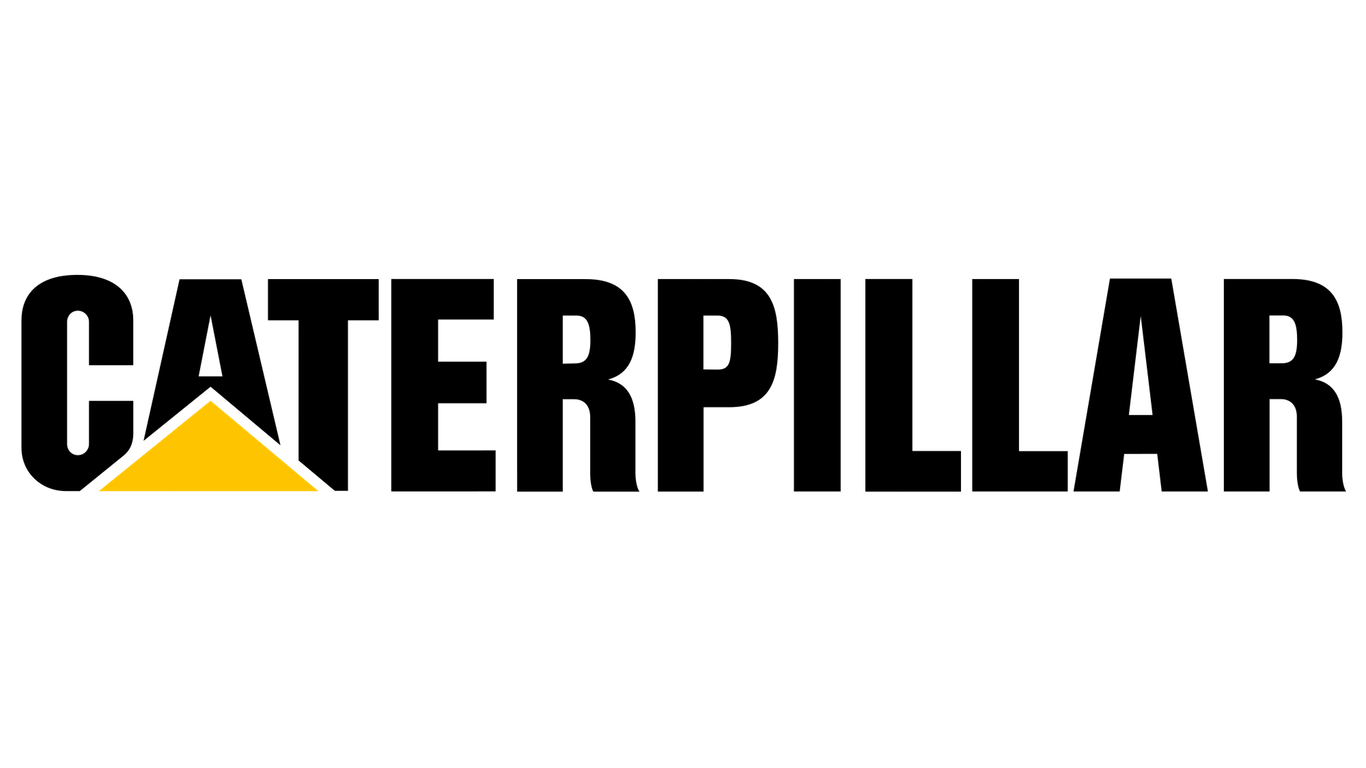
15. Caterpillar (NYSE:CAT)
> 3-yr. revenue chg.: -28.6%
> Latest annual revenue: $47.0 billion
The majority of the companies that reported substantial declines in revenue over the past three years are petroleum companies. While Caterpillar is not directly involved in oil and natural gas extraction, it manufactures machinery used by the industry. In its 2015 annual report, the company stated, “Decisions to purchase our products are dependent upon the performance of these industries, which in turn are dependent in part on commodity prices.” With the substantial decline in oil prices in recent years, the energy sector has contracted, which and has partially contributed to Caterpillar’s 28.6% decline in revenue over the last three years.
[in-text-ad]
Caterpillar expects 2016 to be another difficult year as declining industrial production in China, which had also contributed to the company’s recent difficulties, is projected to continue.
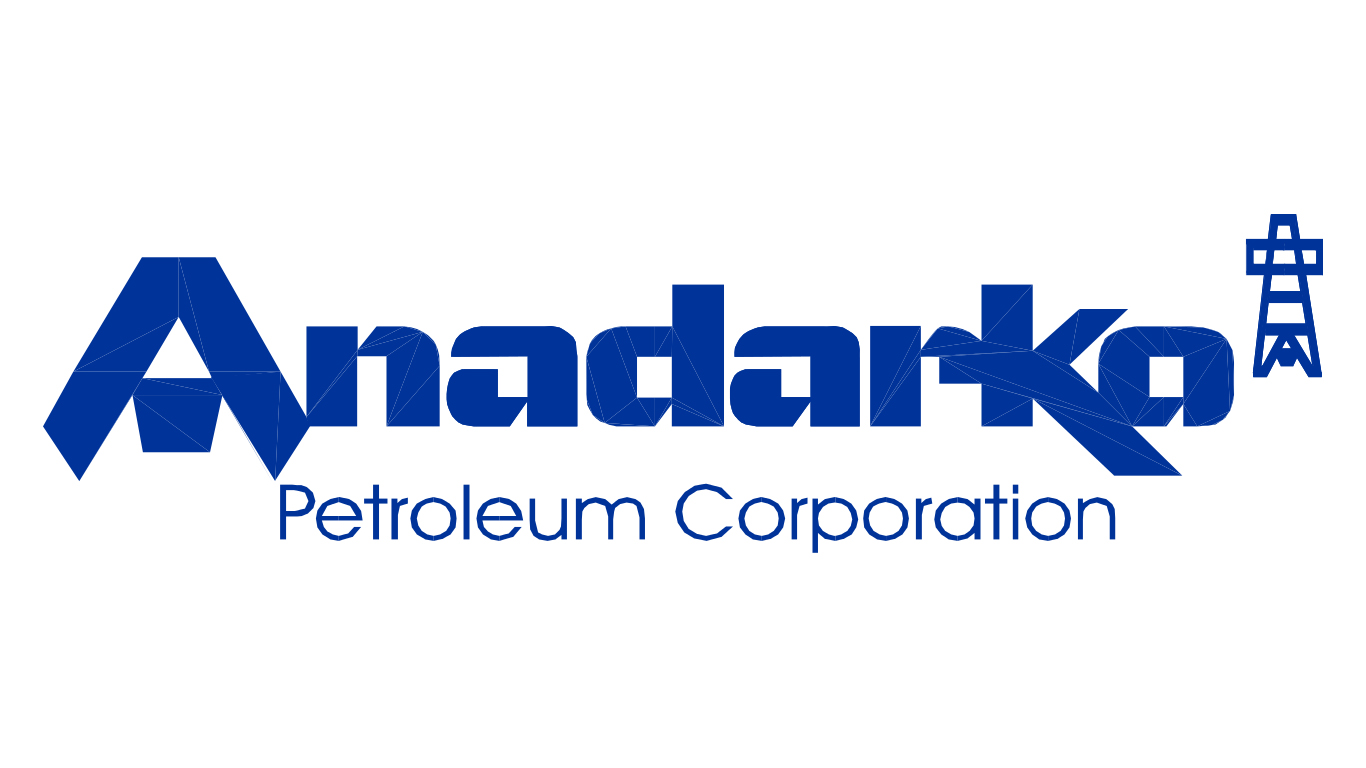
14. Anadarko Petroleum Corporation (NYSE:CF)
> 3-yr. revenue chg.: -28.7%
> Latest annual revenue: $9.5 billion
Anadarko reported a 28.7% revenue decline in the three years ending in fiscal 2015. According to the company’s annual report, divestitures accounted for about $1 billion of Anadarko’s revenue decline in 2015. Much of the remaining nearly $6 billion in revenue decline that year is likely due to extremely low oil prices.
Sometimes companies can weather significant revenue declines without losing money, but this is not always the case. The petroleum company reported profits of $2.4 billion in fiscal 2012. By the end of 2014, the year oil prices began to drop precipitously, the Texas company reported a net loss of $1.8 billion, which turned into a startling $6.7 billion loss by 2015.
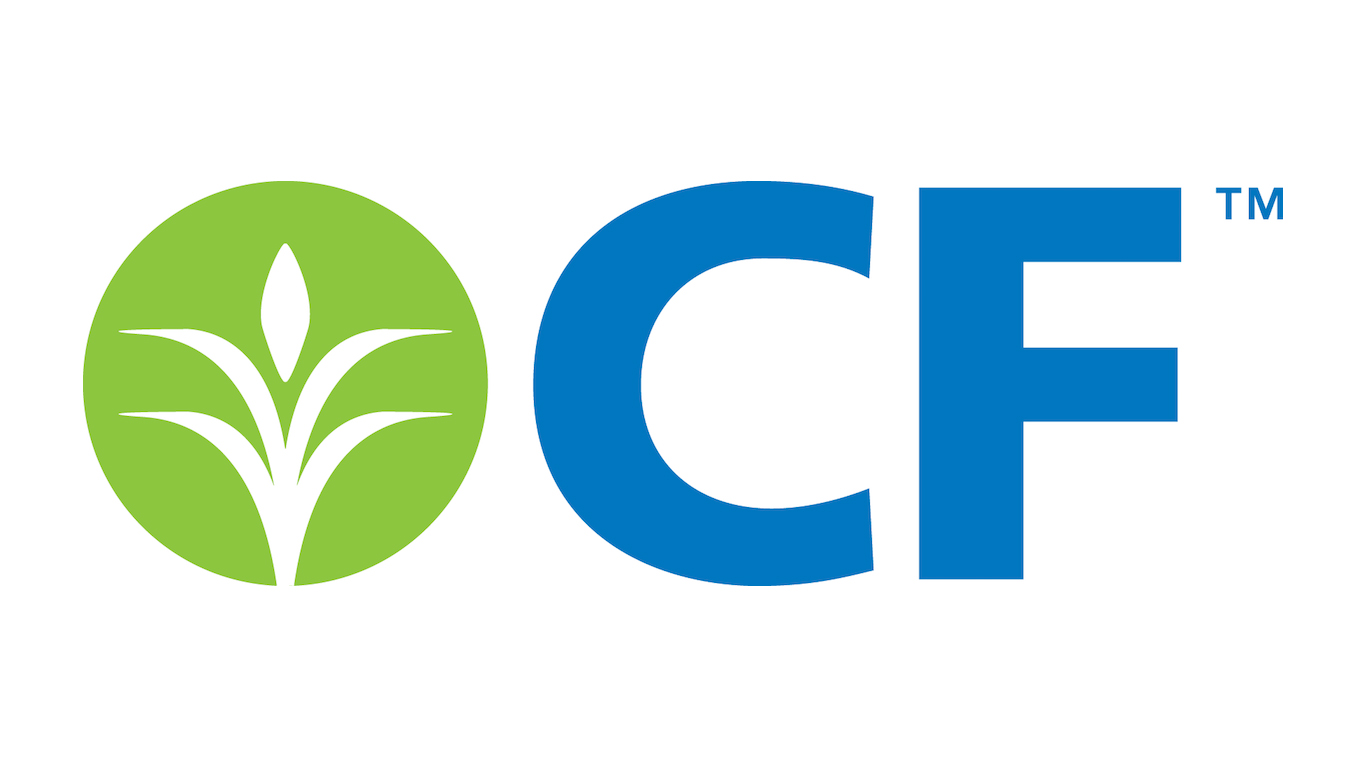
13. CF Industries Holdings, Inc. (NYSE:CF)
> 3-yr. revenue chg.: -29.4%
> Latest annual revenue: $4.3 billion
CF Industries is one of the largest producers of nitrogen-based fertilizers in the United States. Revenue of the fertilizer company fell by nearly 30% in three years, from $6.1 billion in fiscal 2012 to $4.3 billion in fiscal 2015. In fiscal 2012, the company reported profits of $1.9 billion. By fiscal 2015, profits fell to just $700 million. In the past year alone, the company’s shares have lost nearly half their value.
When reporting its second quarter 2016 financial results, CF Industries stated that an abundance of nitrogen had been limiting the price at which the company could sell its product. Recent economic decline in China, the world’s largest importer of fertilizers, also has a significant impact on companies like CF.
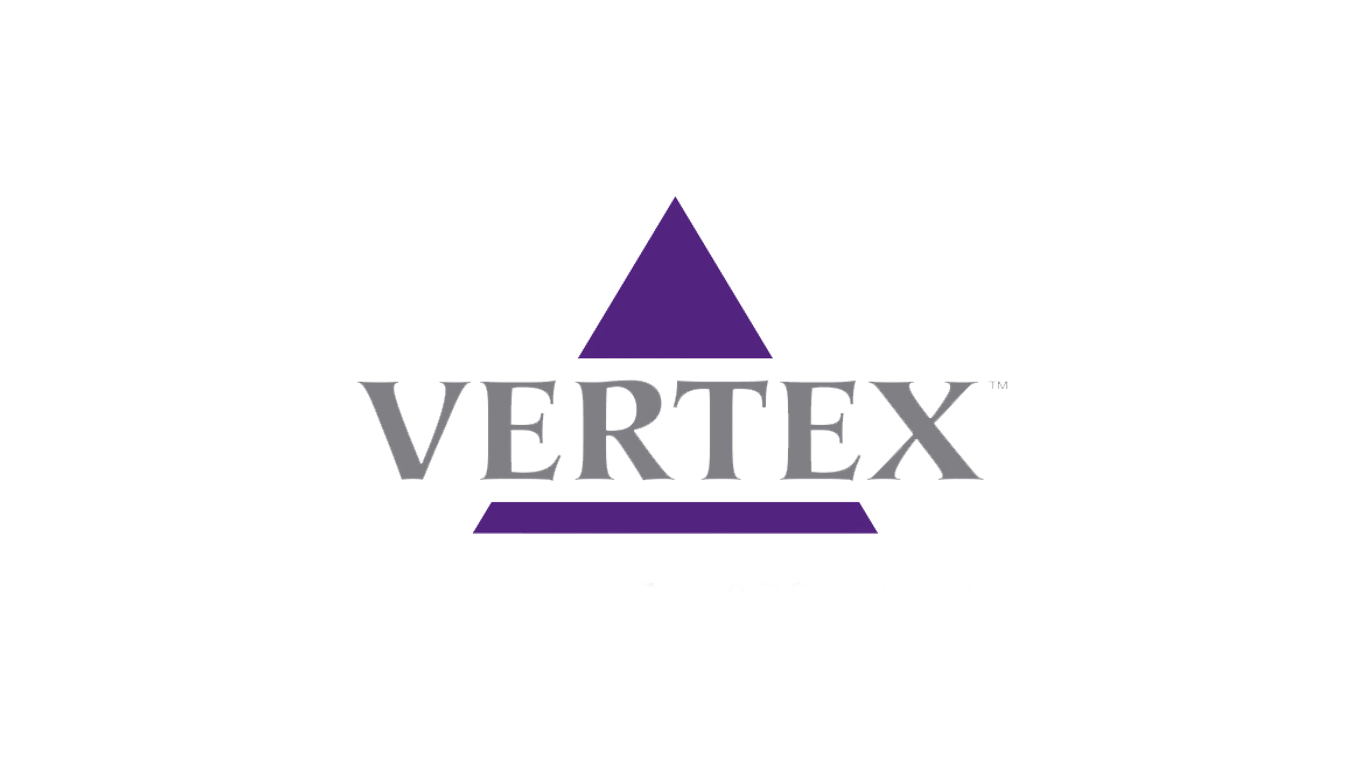
12. Vertex Pharmaceuticals Incorporated (NasdaqGS:VRTX)
> 3-yr. revenue chg.: -32.4%
> Latest annual revenue: $1.0 billion
Vertex Pharmaceuticals is one of the only companies outside the petroleum industry that is reporting rapid revenue declines. While the company’s flagship cystic fibrosis drugs Orkambi and Kalydeco have contributed strongly to recent revenue growth, Vertex’s overall revenue fell by 32.4% between 2012 and 2015.
[in-text-ad]
One major reason for the company’s revenue drop is competition from rival drug manufacturer Gilead Sciences. Hepatitis C drug Incivek accounted for $1.2 billion of Vertex’s total sales in fiscal 2012, the majority of the company’s revenue. In the year of its release in 2011, Incivek had the fastest drug launch ever and helped Vertex grow from a million-dollar business to a billion-dollar business. However, within six months of Gilead launching Sovaldi, its own hepatitis C treatment, sales of Incivek had dropped to 4% of what they were one year earlier. Vertex took Incivek off the market in late 2014 and has yet to find a replacement for the lost revenue.
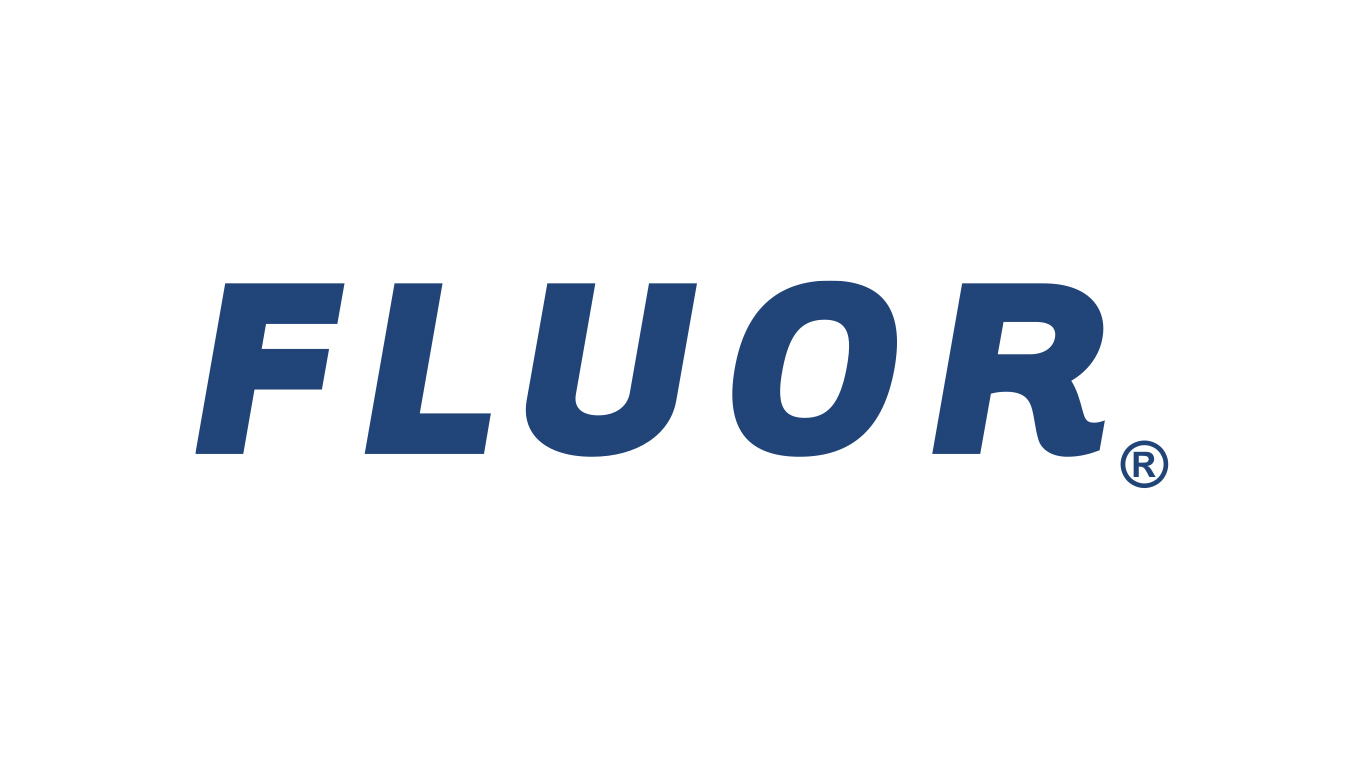
11. Fluor Corporation (NYSE:FLR)
> 3-yr. revenue chg.: -34.3%
> Latest annual revenue: $18.1 billion
Fluor Corporation is one of the largest public engineering and construction companies. It provides services to the energy, chemicals, infrastructure, mining, advanced manufacturing, and government industries. Fluor’s financial performance is not as closely tied to the price of oil as many of the companies on this list. Fluor’s main focus is on petrochemical and refining projects as opposed to the crude production projects that have slowed down due to falling oil prices.
The substantial declines in revenue came from its infrastructure and government projects. Revenue from industrial and infrastructure projects fell from $12.2 billion to $4.1 billion, and revenue from government projects fell from $3.3 billion to $2.6 billion. According to Fluor, the lack of industrial and infrastructure contracts was due to decreased capital investment in the metals and mining industry.

10. Valero Energy Corporation (NYSE:VLO)
> 3-yr. revenue chg.: -36.6%
> Latest annual revenue: $87.8 billion
Valero Energy Corporation reported 36.6% less in revenue in fiscal 2015 than in fiscal 2012, one of the largest contractions of any S&P 500 company. The largest one-year decline occurred in fiscal 2015, when the company’s revenue fell by roughly $43 billion, or 32.9%.
Like many major petroleum companies, the drop in revenue is largely due due to plunging oil and ethanol prices. Unlike many major oil companies, however, Valero has managed to increase profitability even as falling commodity prices have slowed its revenue stream. The company partially attributes its positive financial performance to its Gulf Coast refining capacity.
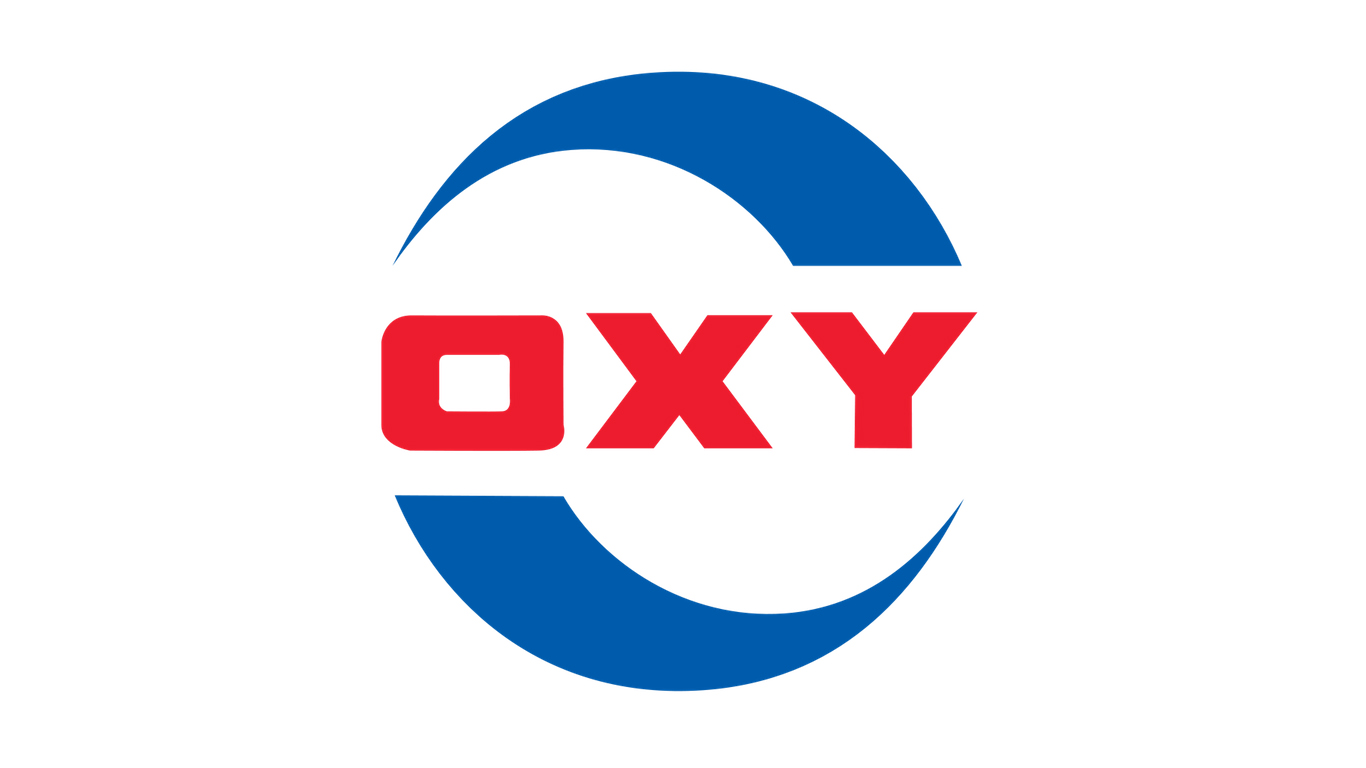
9. Occidental Petroleum Corporation (NYSE:OXY)
> 3-yr. revenue chg.: -37.9%
> Latest annual revenue: $12.5 billion
Occidental Petroleum Corporation’s revenue shrank by 37.9% over the last three years to $12.5 billion in fiscal 2015. The decline was largely due to the worldwide drop in oil prices. Like a number of other oil producers, Occidental has also been consolidating its operations to adapt to the falling oil prices. The company’s sales, however, have also been challenging. In 2015, the company sold the asset for $500 million for a development in the North Dakota Bakken region that was previously estimated as worth $3 billion. Despite the streamlined operations, Occidental reported a net loss of $7.8 billion in fiscal 2015.
[in-text-ad]
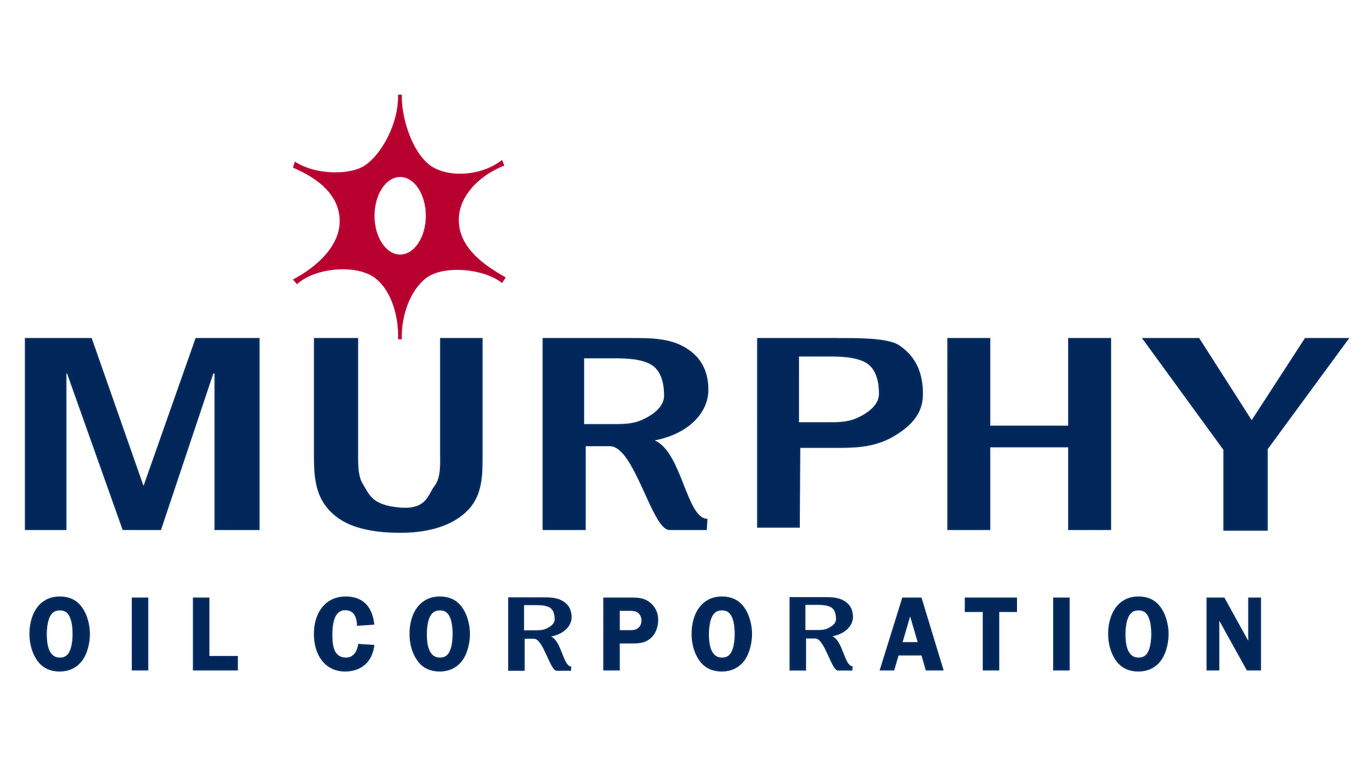
8. Murphy Oil Corporation (NYSE:MUR)
> 3-yr. revenue chg.: -39.5%
> Latest annual revenue: $2.8 billion
Murphy Oil Corporation is one of several major U.S. petroleum companies currently dealing with the global decline in the price of oil. Murphy reported $2.5 billion less in revenue in fiscal 2015 than in fiscal 2014, and it reported a $2.3 billion operating loss over the same period. In response to the sluggish business activity, Murphy has reduced its operating costs by 73% and plans to cut jobs at each of its locations around the world. The company has also sold and spun off some of its assets in recent years, including all of its U.K. gas and oil fields in early 2013, its gasoline station chain in late 2013, and a 5% stake in the Canadian mining operation Syncrude earlier this year.
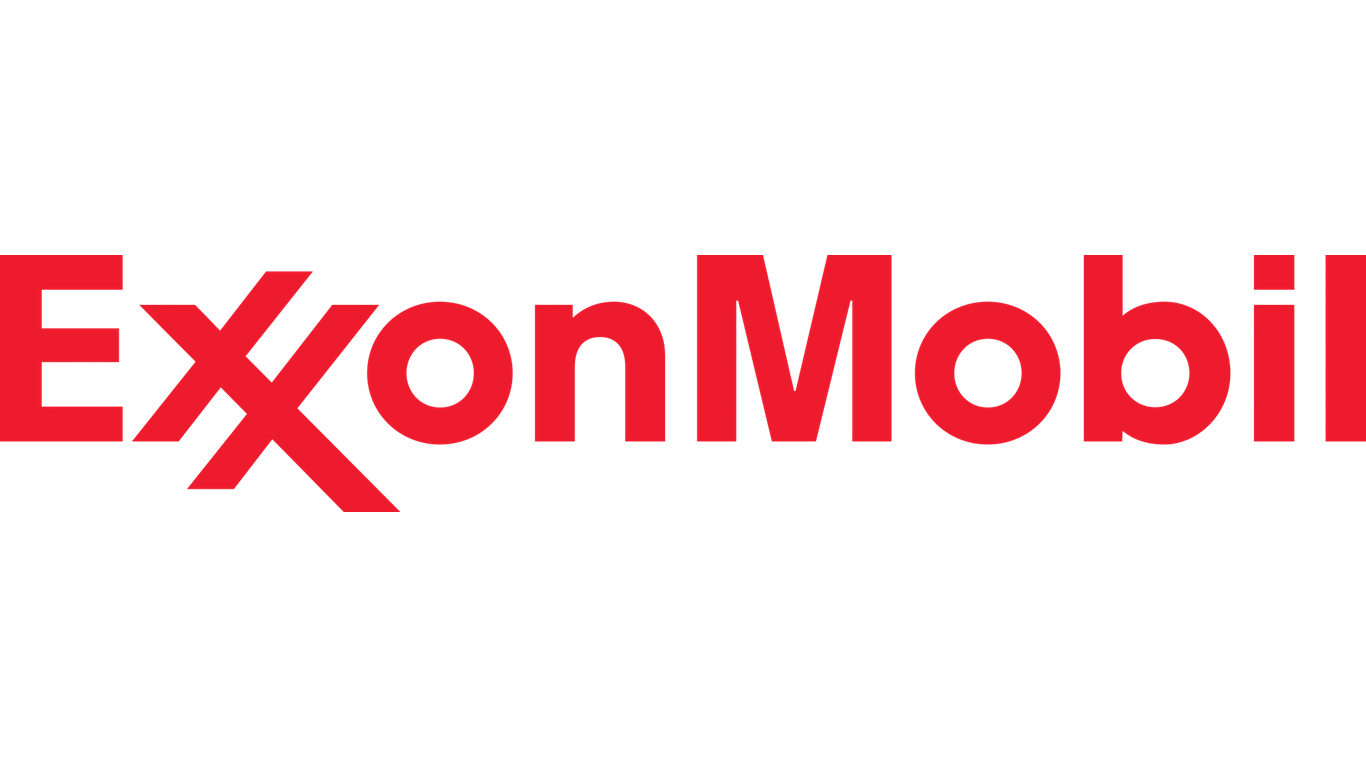
7. Exxon Mobil Corporation (NYSE:XOM)
> 3-yr. revenue chg.: -43.5%
> Latest annual revenue: $236.8 billion
While many of the largest oil companies have managed to maintain their revenue streams as oil prices have declined worldwide, Exxon Mobil’s revenue has shrunk substantially in recent years. The company’s revenue decreased by 43.5% between fiscal 2012 and 2015, a decline of roughly $128 billion. The company’s most recent quarterly profit is the lowest it’s been since 1999, when Exxon and Mobil first merged. The company has also recently lost its AAA credit rating from Standard & Poor’s, a distinction Exxon had previously held since 1949. As reasons for the downgrade, S&P cited the low commodity prices and the resulting reduced cash flows and increased debt. Indeed, as Exxon’s profit fell from $32.6 billion in 2013 to $16.2 billion in 2015, its total corresponding year-end debt rose from $22.7 billion to $38.7 billion.
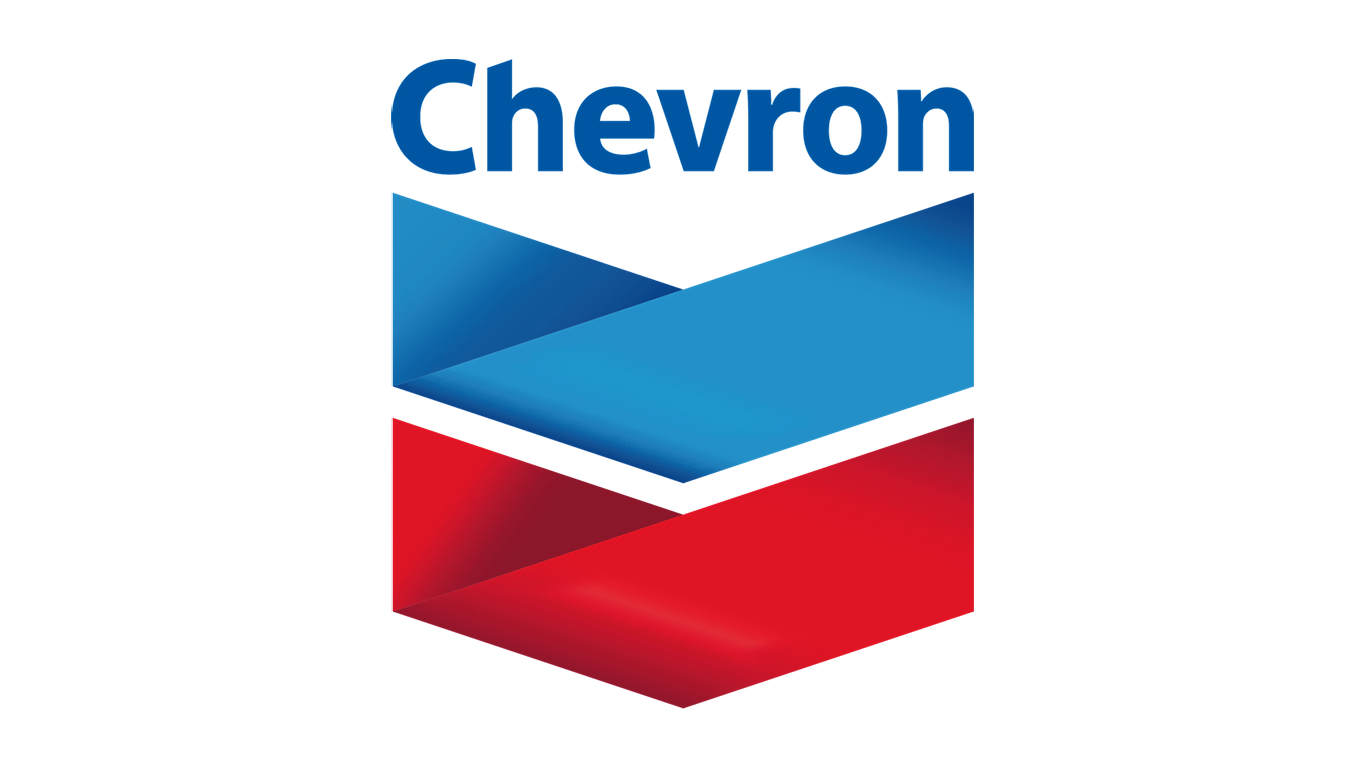
6. Chevron Corporation (NYSE:CVX)
> 3-yr. revenue chg.: -44.9%
> Latest annual revenue: $122.6 billion
Since the global price of oil began to slide in 2014, more than 60 oil and gas companies have declared bankruptcy, and over 120,000 U.S. oil and gas workers have lost their jobs. While some of the largest oil producers have managed to maintain profitability during the downturn through diversified revenue sources such as refining and retail, Chevron is one of the fastest shrinking S&P 500 companies. The company’s revenue fell from $222.6 billion in fiscal 2012 to $122.6 billion in fiscal 2015, a 44.9% drop. The company cut more than 3,000 jobs in 2015 and has announced at least one thousand additional layoffs so far this year.
[in-text-ad]
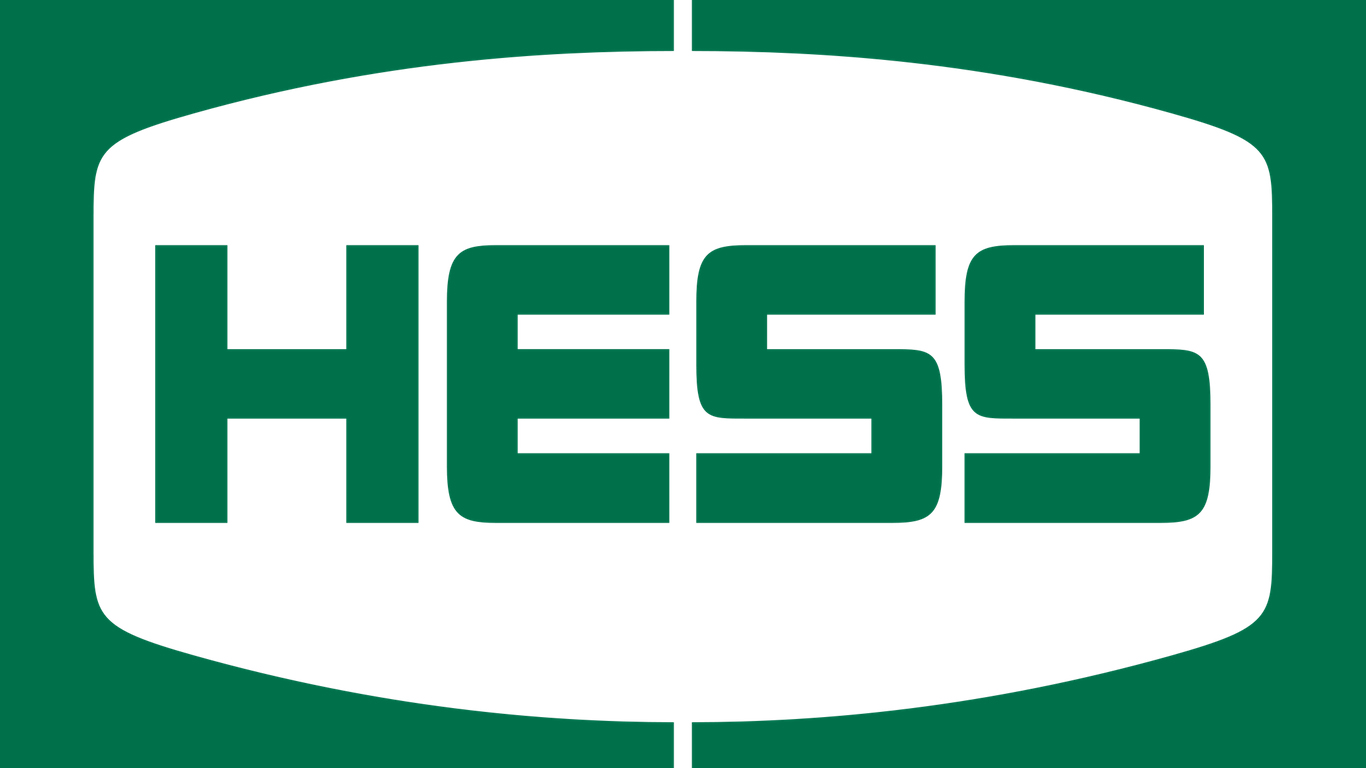
5. Hess (NYSE:HES)
> 3-yr. revenue chg.: -45.7%
> Latest annual revenue: $6.4 billion
Hess is one of several oil companies that consolidated its operations to focus on petroleum production. Hess announced it would sell its retail and refining operations in 2013, and it sold its gas station chain to Marathon in early 2014. At the time, Hess’s decision to consolidate was based on future projections of growth in the oil production industry, particularly in North Dakota, and expectations that the price of oil would remain high. Since then, however, the price of oil has dropped by as much as 70%. Hess’s revenue shrank by 45.7% over the last three fiscal years. In fiscal 2015, the company reported a net loss of $3.1 billion, nearly the worst of any oil company of similar size.

4. Phillips 66 (NYSE:PSX)
> 3-yr. revenue chg.: -48.7%
> Latest annual revenue: $85.2 billion
In April 2012, Petroleum company ConocoPhillips spun off the portion of its business dealing with the refining and selling of gasoline and other petroleum products, also known as the downstream operations. The new business, called Phillips 66, became a separate publicly traded company. Phillips 66, which is actually the larger of the two operations, reported $85 billion in revenue in fiscal 2015, much more than ConocoPhillips’ revenue of $30 billion last year.
Like a number of companies that rely on oil production, Phillips 66’s revenues and profits fell dramatically in recent years. The company’s 2015 revenue of $85 billion is roughly half its fiscal 2012 revenue of $166 billion.

3. ConocoPhillips (NYSE:COP)
> 3-yr. revenue chg.: -49.7%
> Latest annual revenue: $30.3 billion
After spinning off its downstream operations during its 2012 fiscal year, ConocoPhillips has concentrated on oil extraction. Like a number of oil and gas producers, the company has suffered the consequences of the substantial drop in oil prices since 2014. Revenue fell by nearly 50% in its last three fiscal years, and the company reported a net loss of more than $4 billion in fiscal 2015 after reporting a profit of $7 billion the previous year. In a letter to shareholders in the company’s 2015 annual report, CEO Ryan Lance explained, “Our financial results clearly reflected the key factor we couldn’t control—weak oil and natural gas prices.”
[in-text-ad]
After hitting a roughly decade-long high of over $86 per share in 2014, shares of the company are down by more than 40% over the past three years and are trading at around $40 per share.
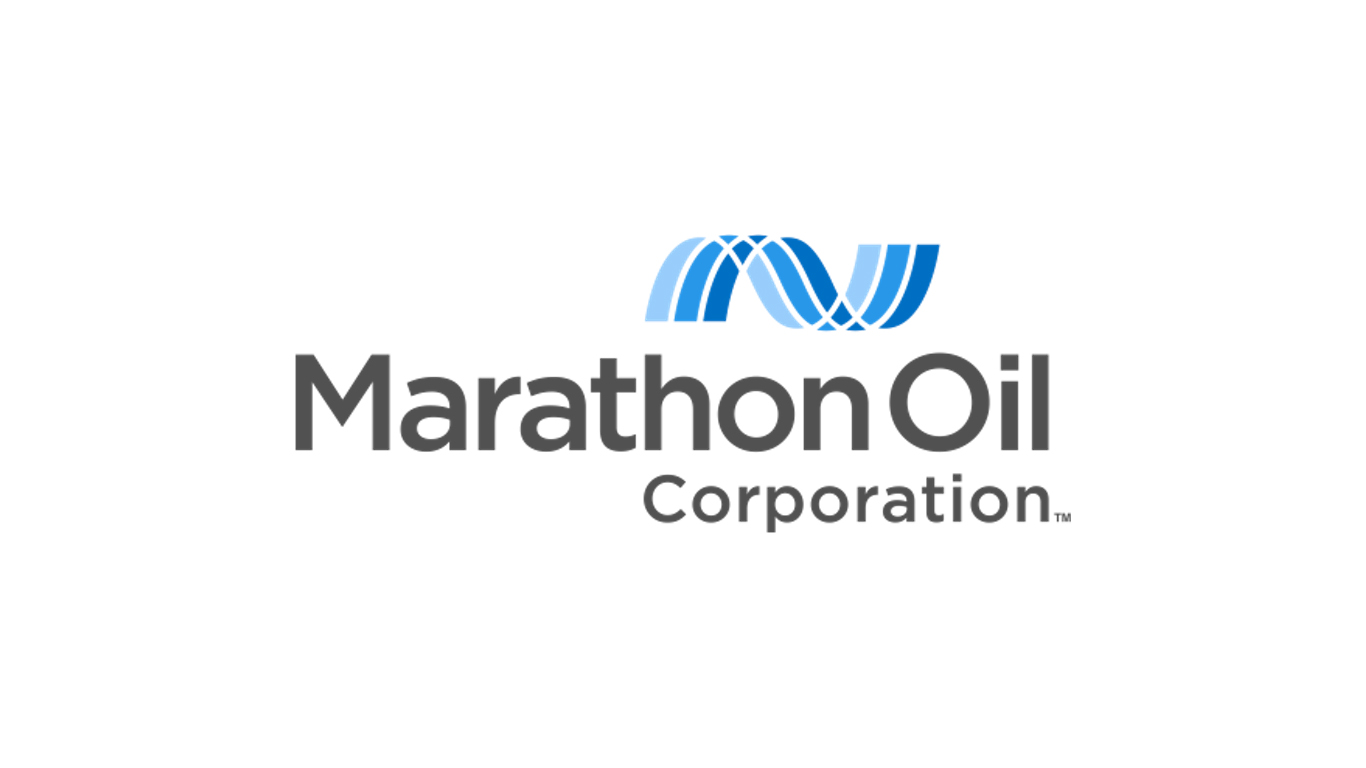
2. Marathon Oil Corporation (NYSE:MRO)
> 3-yr. revenue chg.: -53.3%
> Latest annual revenue: $5.6 billion
Marathon Oil Corporation shrank faster than nearly any other S&P 500 company. Like many major U.S. oil producers, the company’s revenue decline is largely due to the worldwide drop in oil prices. Despite increasing average daily oil production since 2013, Marathon’s revenue shrank by 53.3% over the last three years, falling from $12.0 billion in fiscal 2013 to $5.6 billion in fiscal 2015. The company reported a net loss of $2.2 billion in fiscal 2015, underperforming most oil companies of similar size. Marathon has also been consolidating its operations in recent years, selling more than $6 billion in assets since 2013.
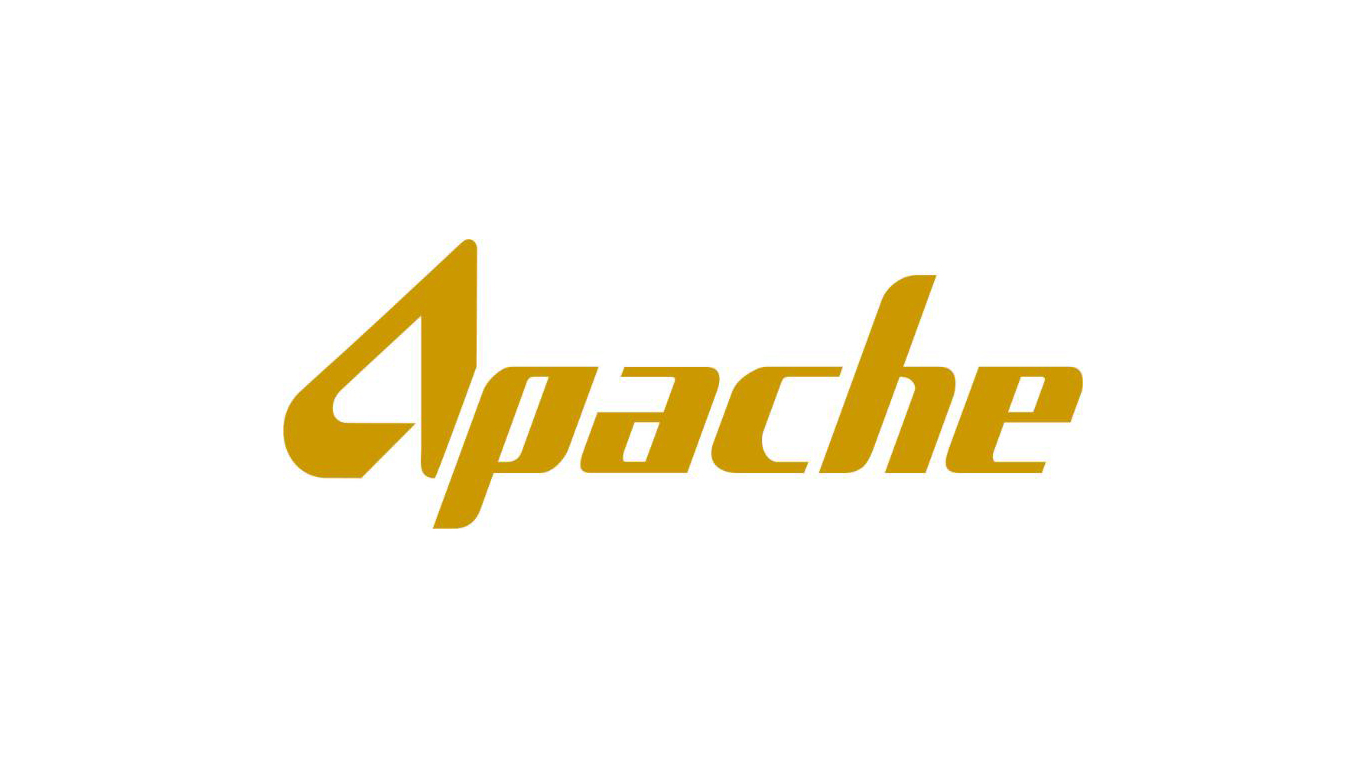
1. Apache Corp. (NYSE:APA)
> 3-yr. revenue chg.: -61.4%
> Latest annual revenue: $6.3 billion
Apache Corp. reported a net loss of $23.1 billion in fiscal 2015, the most of any S&P 500 company. The average price of oil in 2015 was less than half what it was two years prior, and partially as a result, the company’s revenue has plunged 61.4% over its past three fiscal years. Like many major U.S. oil producers, Apache is adapting to the worldwide decline in oil prices by consolidating operations. The company’s capital budget for 2016 is 60% lower than it was in 2015 and 80% of that in 2014. In 2015, the company sold its Australian operations for $2.1 billion. Even after excluding the company’s Australian production, comparable oil production in 2015 was roughly 12 million barrels less than in 2013.
Credit card companies are pulling out all the stops, with the issuers are offering insane travel rewards and perks.
We’re talking huge sign-up bonuses, points on every purchase, and benefits like lounge access, travel credits, and free hotel nights. For travelers, these rewards can add up to thousands of dollars in flights, upgrades, and luxury experiences every year.
It’s like getting paid to travel — and it’s available to qualified borrowers who know where to look.
We’ve rounded up some of the best travel credit cards on the market. Click here to see the list. Don’t miss these offers — they won’t be this good forever.
Thank you for reading! Have some feedback for us?
Contact the 24/7 Wall St. editorial team.